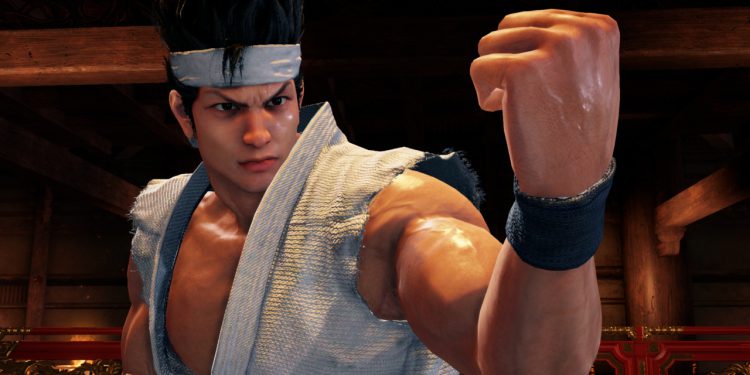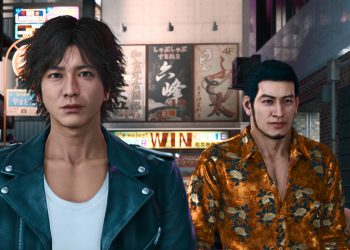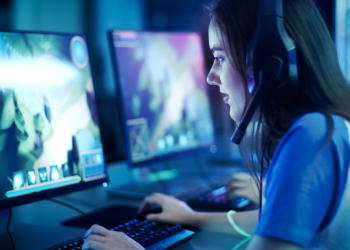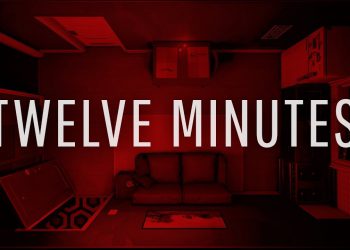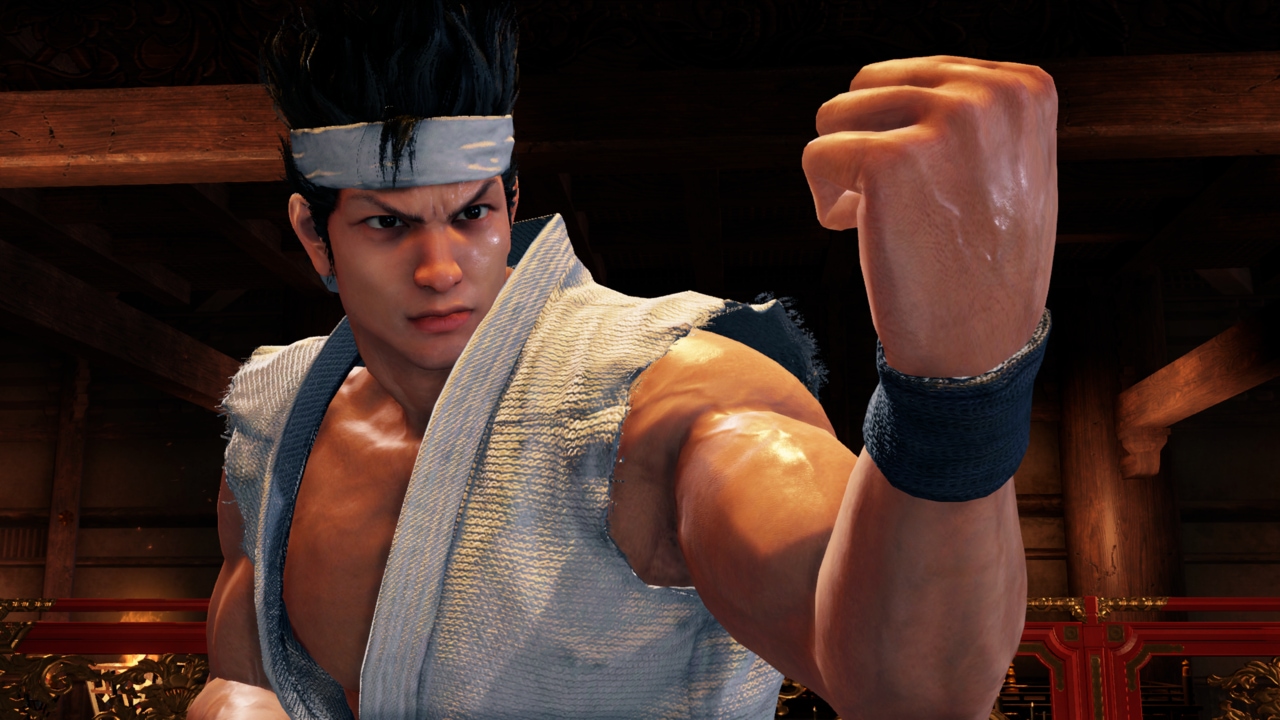
Virtua Fighter 5 Ultimate Showdown is a new remaster from the classic Virtua Fighter 5 Final Showdown, updated for modern hardware and reimagined with new graphics, improved netcode, and new features all tied together by a shiny new interface. Despite the straightforward seeming nature from the remaster, Ultimate Showdown still represents something of the oddity; the discharge aims to revive a multiplayer-centric game after it has lain dormant for over ten years. The sport is titled Virtua Fighter Esports in Japan, which title is probably more fitting. With this entry, Sega has place the focus on playing the game with others, whether it be online or in-person; the arcade mode is stashed at the end from the main menu, with ranked match being the default option. This enhances the question: can Virtua Fighter 5 Ultimate Showdown compete with modern fighting games released in the roughly 15 years since the original Virtua Fighter 5, or should sega have left it shelved and moved on to a 6th entry?
Gameplay and Graphics
While Sega has brought a bunch of new online features towards the table, none of the really matters if the game doesn’t play well and appear good in motion, the best concern considering that this new version has been reconstructed in Rya Ga Gotoku Studio’s Dragon Engine, exactly the same one employed for Yakuza: Like a Dragon. This new engine has taken several visual improvements towards the table. The characters have been remodeled, mostly with positive results, dealing with a few of the visual flairs of the Yakuza series. These changes also extend to far more details in many of the stages. As the game’s visuals are not even close to groundbreaking, falling slightly lacking its most apparent competitor like a 3D fighter: Tekken 7, they appear excellent for a revised form of a game from 2006. Most significantly, they work well to showcase the game’s outstanding animations, which are, because they were even just in the mid-2000s, wonderfully fluid, expressive, and simple to see. The proceed to modern hardware and also the dragon engine has additionally guaranteed a stable 60 frames per second, which in my experience never faltered. The visual improvements really enhance the core gameplay strengths that made Virtua Fighter 5 an instant classic. Virtua Fighter is easy to start playing but extremely deep and among the greatest skill ceilings in fighting games. Ultimate Showdown has done nothing but improve the experience with playing Virtua Fighter 5 and has done nothing to compromise the depth from the experience. It's the definitive form of the sport, and it still feels good to experience many of these years later. Tekken 7 and Soulcalibur 6, the primary competitors within the 3D fighting game space, have better graphics, more complicated systems, and benefit from being newer, but Virtua Fighter 5 continues to be an undeniably fast, fluid, and more importantly, fun game to experience.
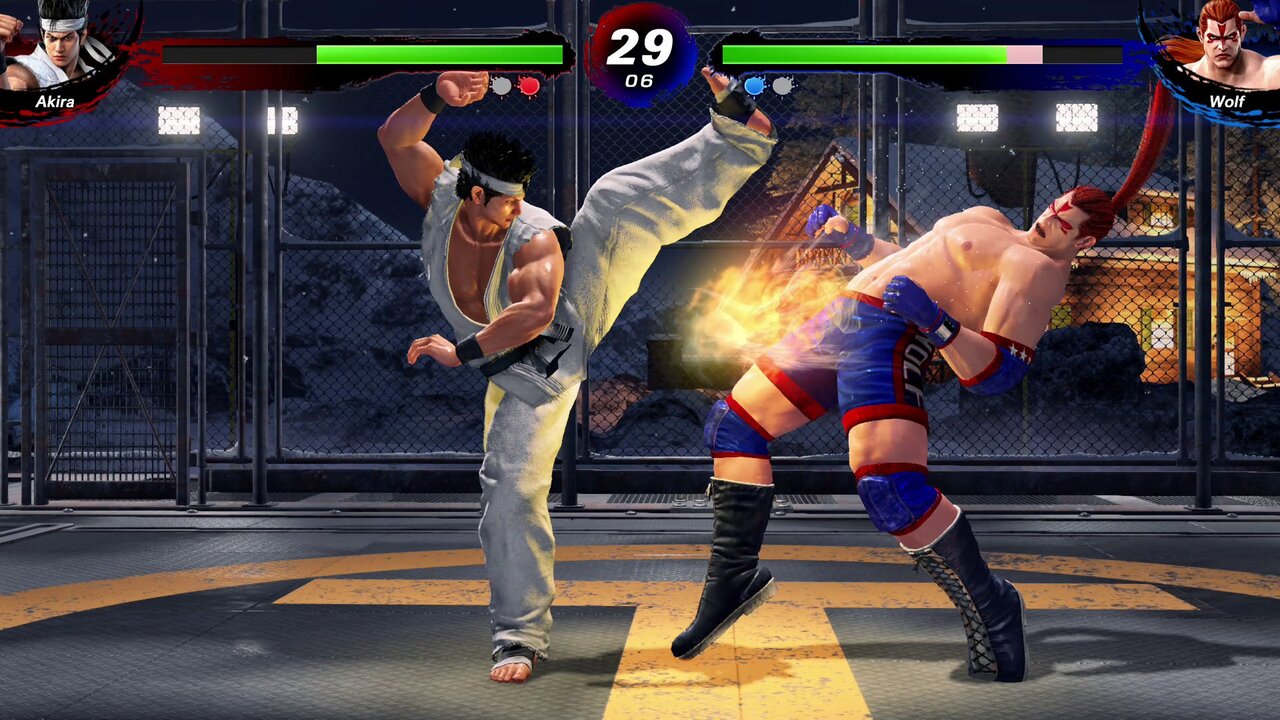
Offline Modes
Fighting games really are a notoriously difficult genre to get involved with, so competent tutorials are a fundamental part of pulling beginners into a game and also the genre in general, as is providing an exercise mode that makes it simple for players to learn the ropes. In this department, the game is one thing of a mixed bag. The combo challenge mode has got the player complete combos and attacks before moving to the next one. Unlike Street Fighter V, Tekken 7, and other modern games within the genre, these automatically scroll by after completion and have no obvious option to make sure they are repeat or to return. This will make lengthier inputs harder to learn. However, the disposable training mode has all of the tools you might expect from the modern fighting game. There's also a structured tutorial that covers moving, blocking, dodging, basic combos, and other fundamental skills. This tutorial is fine. It will teach players to do things from a mechanical standpoint, however it doesn't provide much context about how and when one should implement each skill in an actual match. It’s better than the tutorials in certain other fighting games but fails to meet the defacto standard set by games like Under Night In-Birth, Skullgirls, and Guilty Gear Xrd. The tutorial and combo trial mode is going to do a great job of having people started but they are far from comprehensive.
The other single-player choice is the arcade mode, where players can enjoy via a handful of matches to fight Dural, the non-playable final boss. This arcade mode is fairly barebones but totally functional. Enemy AI is mainly competent, however the way the AI plays differs greatly from actual human opponents, out of the box the case with any fighting game. Players who enjoy quick arcade runs may have fun with this mode, although it is painfully apparent that it's not where Ryu Ga Gotoku Studio’s attention went throughout the title’s development. There is also the offline versus mode where players can enjoy against their friends personally; this mode functions as expected.
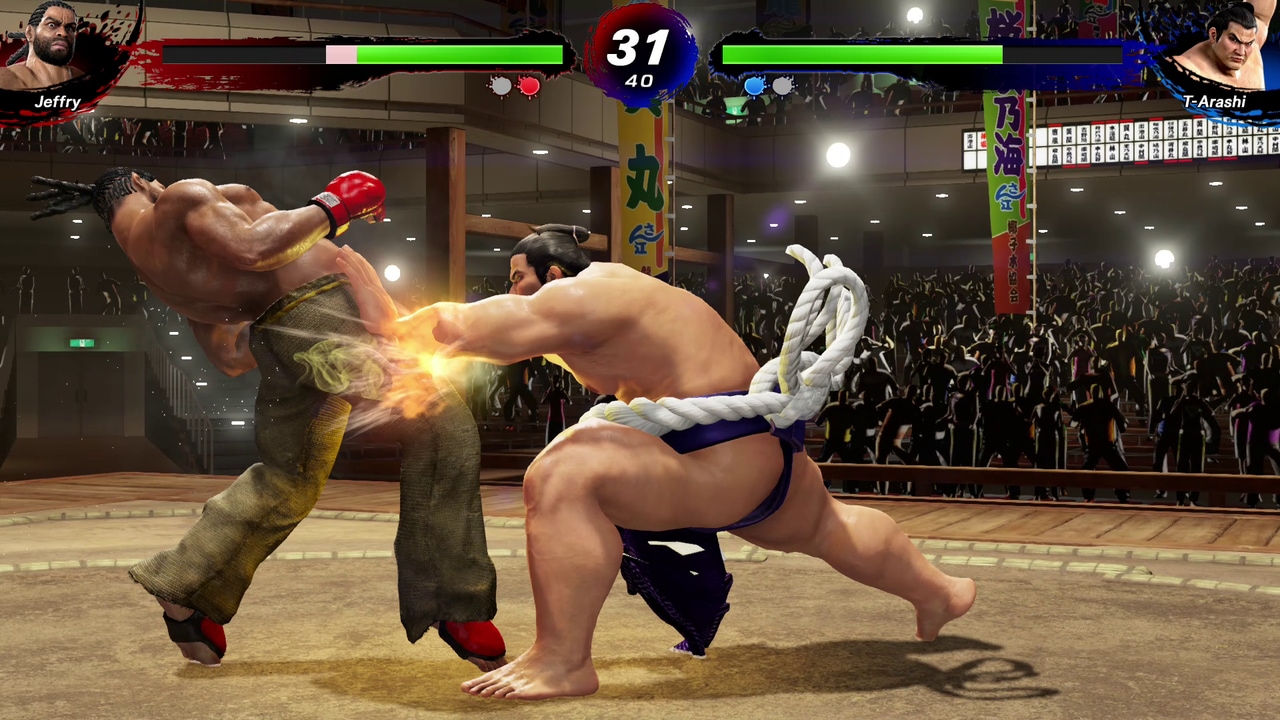
Online Modes
The online ranked and room matches would be the stars from the show. They are in the forefront around the main menu, and the online multiplayer has received probably the most additional features and improvements from the entire package. Let’s check out what these additional features are and what they increase the experience.
This game’s equal to custom or private matches may be the room match. You are able to affect the settings, make private and public lobbies, and much more. The headlining feature of the mode is the ability to have up to 16 players in the lobby and create round-robin or tournament-style brackets that engage in in-game, a feature that a lot of fighting games either lack and have made much more difficult to do than here. While there have been not enough people online during the review period to fully test these features with 16 people, they seem to operate all right with smaller groups. Adding round robins especially will aid individuals who wish to play fighting games with large groups of friends but don’t want to have people awaiting too long between matches. Inside a bracket or round-robin set where people are left waiting to experience, the game features a comprehensive spectator mode, allowing individuals to watch the match in real-time. When you're on the main menu, the sport usually plays a ranked match off to along side it, giving you the ability to switch to fullscreen watching it if you would like. This spectator mode is a welcome addition and something of the very most eloquent ones the genre provides.
The other side from the online coin then is ranked. This mode has competitors play matches to become ranked according to their performance. Because they rank up, they'll face increasingly skillful opponents. This is probably the best way to get good at the sport and assess your skills. The sport relies on a Dan ranking system, much like many actual martial arts organizations. The amount of time it takes to rank up at least at low levels feels fair, and I was never matched against someone wildly out of my level of skill with the exception of throughout the first couple of hours when people were grinding as much as their appropriate placements. While I suspect many will run into opponents that outclass them within the opening times of the game, this really is par for the course with lots of online competitive titles. Based on early impressions, the ranking system seems well-balanced enough to avoid long-term imbalances in matchmaking.
Both of those game modes rely on the netcode to supply stable connections, so how could it be? Within an email to Kotaku, the developers confirmed the netcode is an improved form of the one in Final Showdown’s console port from 2012, which was initially concerning to fans because of the age of the title; players were rightfully concerned about the game running on older delay-based netcode as opposed to a modern rollback solution. After playing several matches online with players round the country, I’m pleased to report that the netcode feels largely excellent despite its near decade-old framework. I played with people from across the country and experienced no stutters or issues for many of the experience. Just one or two from the matches I played stuck out as particularly rough round the edges connection-wise, and just one match dropped entirely. This is actually the best implementation of delay-based netcode I have experienced in a fighting game, though games like Mortal Komat 11 and the upcoming Guilty Gear Strive still offer smoother experiences thanks to rollback. Weight loss people get hold of it, maybe we will have more issues arise, but my early impressions of online play are exceedingly positive; whatever Ryu Ga Gotoku Studio implemented seems to be working.
The Verdict
Ultimate Showdown is the greatest method to play Virtua Fighter 5, and not just since it is the only real version available natively on modern hardware. Ultimate Showdown delivers the best form of the game in every aspect imaginable; the game looks better, sounds better, plays more smoothly, and offers the best ways to play the game online. Virtua Fighter 5 has aged like fine wine, and while some modern games feel more fluid or look prettier, Sega’s classic cannot be replaced. While the game has limited single-player options and also the on the internet is with different less than modern netcode system, they're perfectly functional and cannot deter anyone from playing the sport. Virtua Fighter 5 Ultimate Showdown is really a must-play title for fans of fighting games and old-school franchises.
Virtua Fighter 5 Ultimate Showdown is Available on PlayStation 4.


